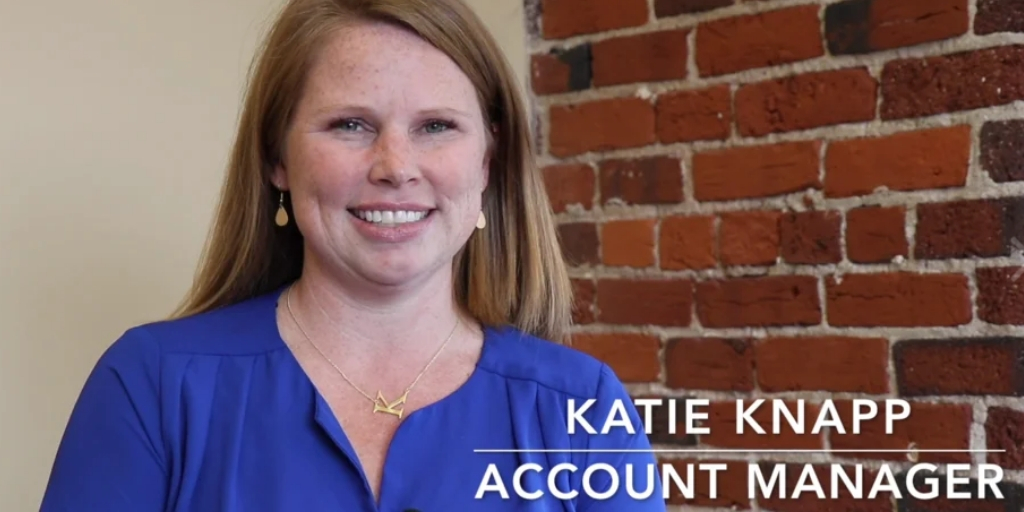Here’s how content can help support sales during the seven stages of the sales cycle, including personalization and building last relationships.
The sales process is often an uphill journey with lots of unexpected bumps along the way. Sales teams are all too familiar with these obstacles, but they don’t have to face these challenges alone.
Arm your sales rep with content to educate prospects during specific points in the purchasing process, and it will build his or her reputation as a knowledge source. That can be the difference in getting a foot in the door, advancing through the final stages of a purchasers’ decision, or closing a deal.
[bctt tweet=”Sales and marketing can work together to create a better understanding of the buyer’s journey, make updates on buyers insights, and brainstorm solutions to bottlenecks in the sales funnel.” username=”Fronetics”]
Strong communication between sales and marketing can help achieve big-picture goals when it comes to creating content. These teams can work together to create a better understanding of the buyer’s journey, make updates on buyers insights, and brainstorm solutions to bottlenecks in the sales funnel.
You need to take a close look at your sales process and be strategic about the times when content would be helpful — as well as the types of content that will successfully assist sales reps in educating and informing prospects. Here’s how content can support sales in each of the 7 stages in the sales cycle:
Video: 7 Stages in the Sales Cycle Content Can Help
Takeaway
Don’t forget how important it is for sales teams to be armed with informative, relevant content to support the sales cycle. It’s not enough to just produce content, sales teams need to be ready to provide this content to potential customers at every point of contact.
Want help identifying what content your supply chain and logistics company can provide to your sales team? Let us help.
Related posts:


